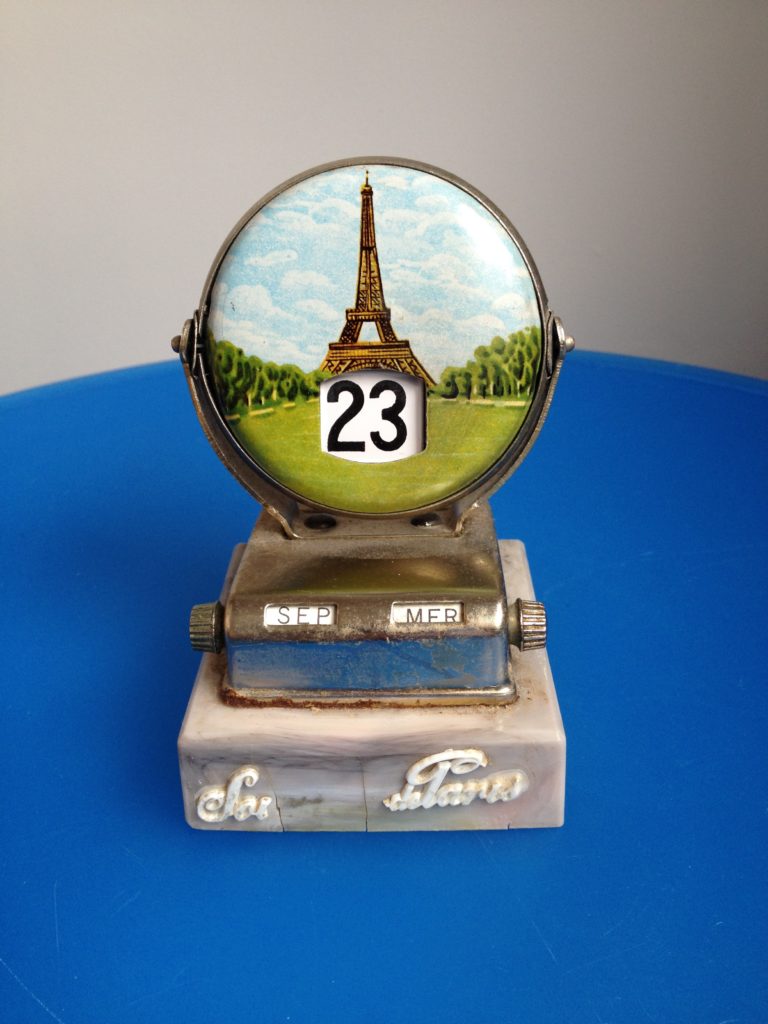
First Instagram post, 23 September 2015
In Russell W. Belk’s journal article, “Extended Self in a Digital World” (2013) (available for download, here), the notion that our digital and online presence extends our self – mind and body – into the virtual realm, builds on Belk’s initial thesis “Possessions and the Extended Self” (1988), which posits that “knowingly or unknowingly, intentionally or unintentionally, we regard our possessions as parts of ourselves”. And by parts, Belk goes so far as to suggest they become stand-ins, prostheses, building blocks even, of our selves. Belk’s update looks at how the digital turn both dematerialises the self and ups the ante by networking our presence into a diversity of locations, communities, identities and avatars; we can become “multiple characters” so as “to explore different personality possibilities”.
One particular complication was examined by Belk and co-author Kelly Tian in “Extended Self and Possessions in the Workplace” (2005); “the battle that can take place between the ‘home self’ and the ‘work self’ as the time and place boundaries that once distinguished the two melt”. Admitting and allowing such a “melt” to become a positive enhancement rather than a negative detraction has necessitated accepting social media as part of my practice and most recently, Instagram, the photo-sharing app bought by Facebook in 2012 for $1-billion dollars. From an indie start-up it growth in size and popularity at a rate is now outperforming the parent company by a factor of 7 to 1. Why Instagram? Because I was looking for a way to connect multiple strands of my life – work, research, hobby, leisure, obsession – and Instagram’s informality, flexibility and outreach makes it a potentially useful tool. I have a project in mind, and by restricting my usage of Instagram to that specific task I hope to employ social media without lapsing into narcissism.
Continue reading →




